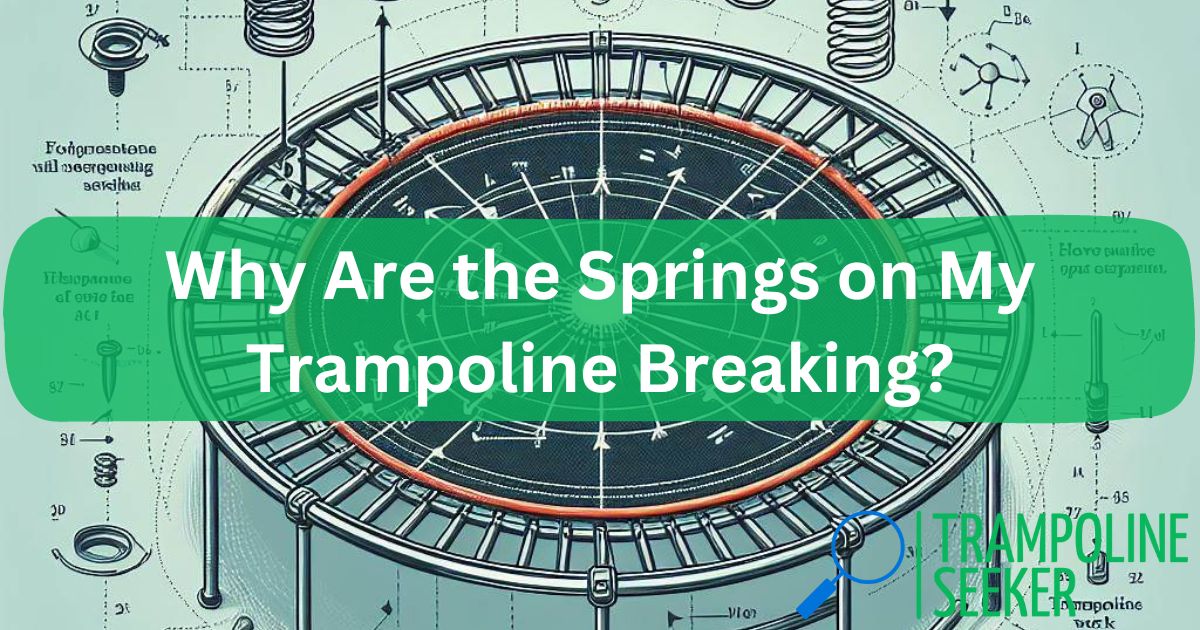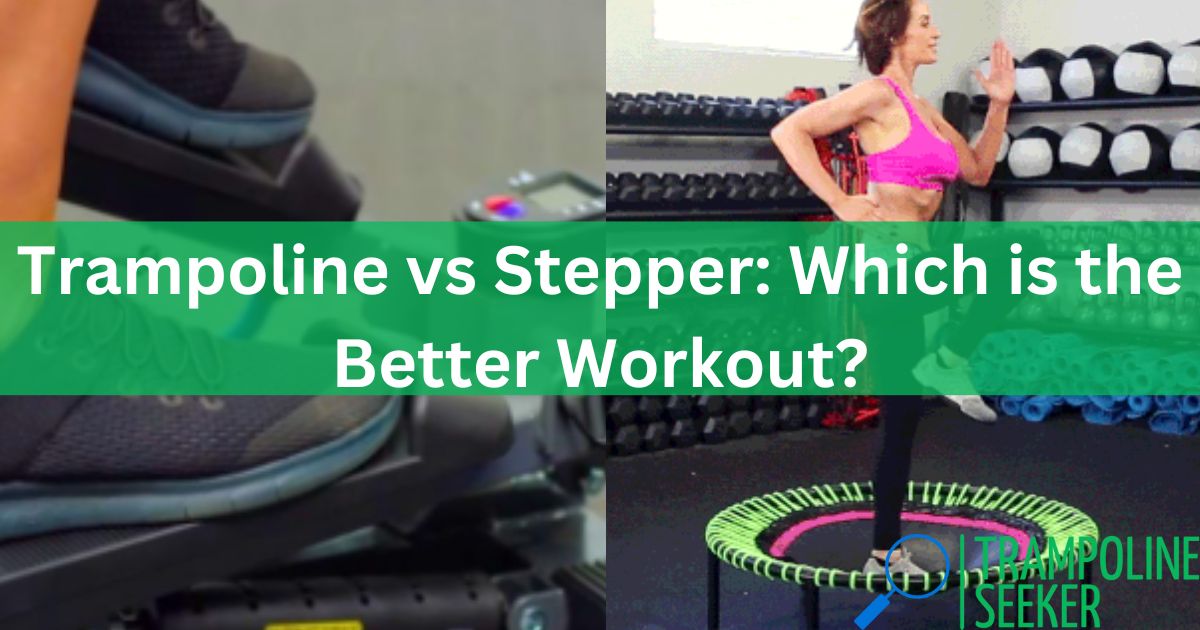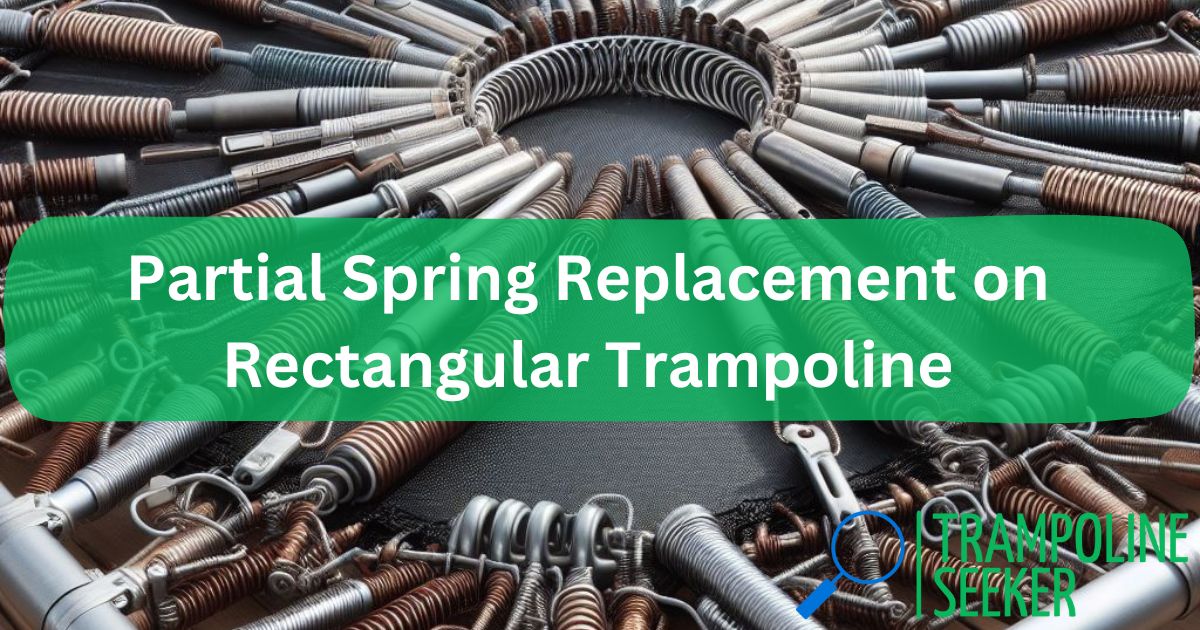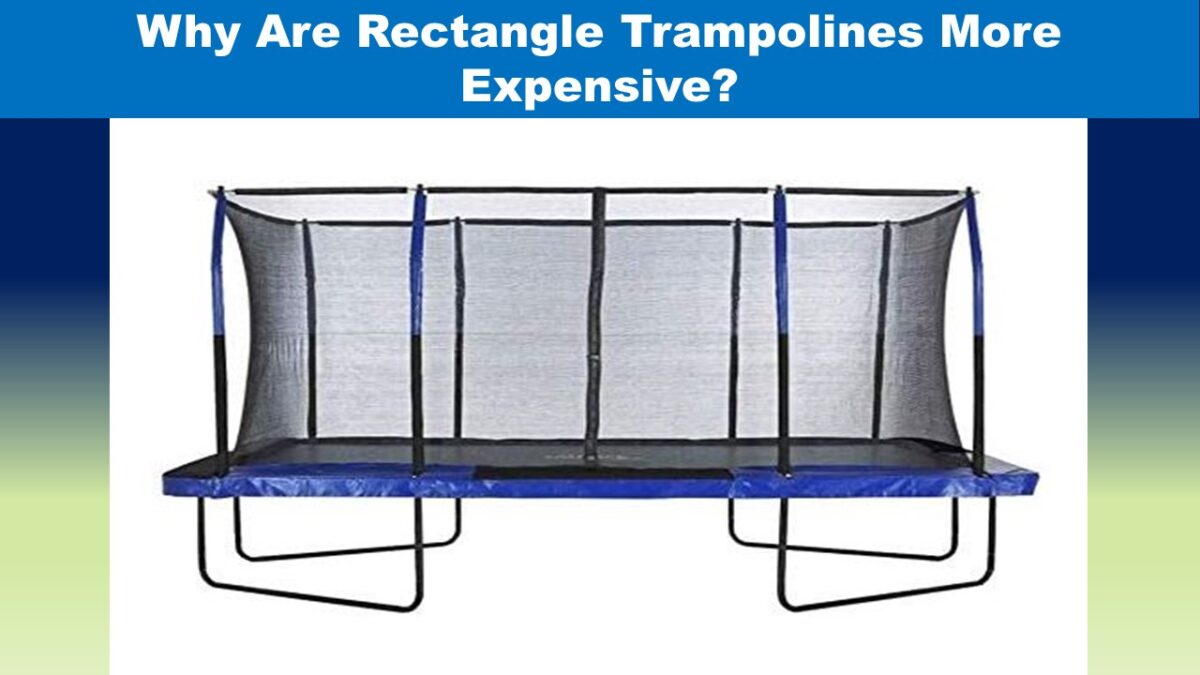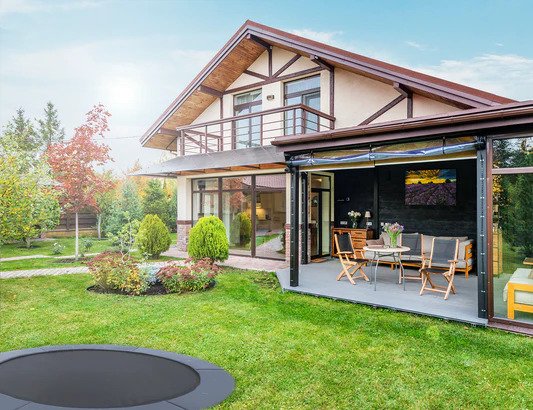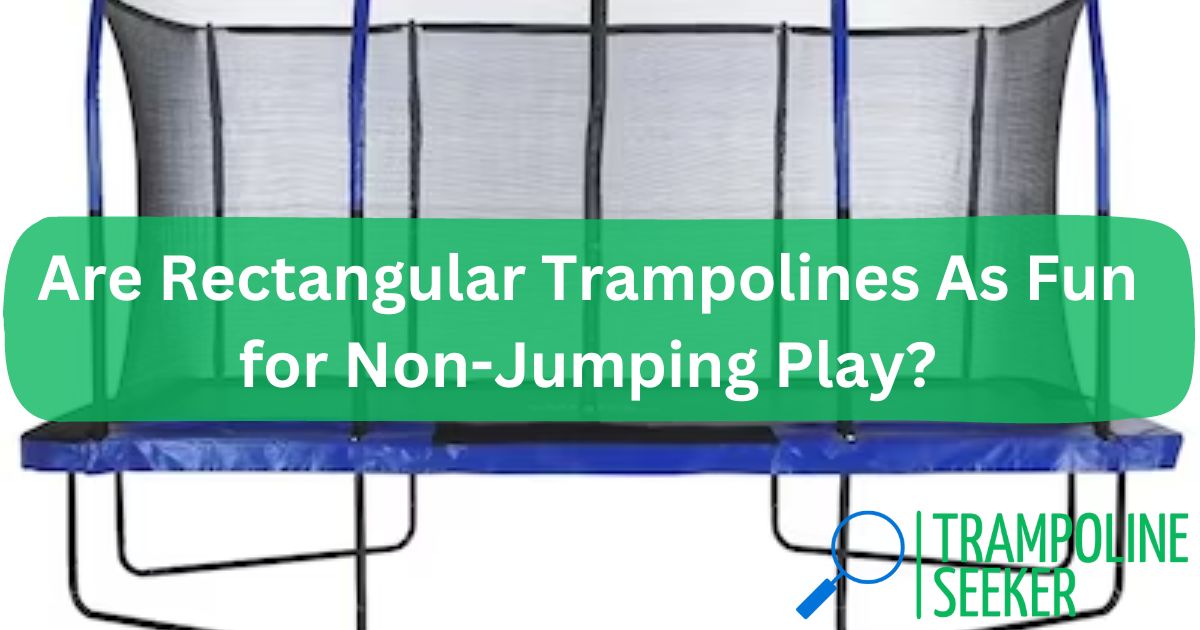I’m often asked by parents whether allowing their kids to jump on a trampoline can cause brain damage. The short answer is – it depends. For children of the right age, jumping up and down on a trampoline is usually safe and doesn’t directly cause brain damage.
However, improper use and lack of safety measures can lead to dangerous falls, which may result in head injuries and potential brain damage.
Risk Factors for Trampoline Injuries
Along with these cognitive benefits come some risks. Trampoline injuries most often affect the head and neck.
Trampoline Injury Facts:
- Over 90,000 ER visits annually are trampoline related
- 1 million medically treated cases per year
- Serious neck injuries have quadrupled in the last decade
These troubling statistics are due to a few key risk factors:
Age
Younger children under 6 years old are at highest risk. Their brains and bodies aren’t developed enough for controlled jumping.
Lack of Supervision
Unsupervised jumping often leads to accidents and injuries from risky maneuvers. Kids need adult guidance and limits.
Multiple Jumpers
Added jumpers increase uncontrolled collisions, falls, and landing on heads/necks. 1 jumper at a time is safest.
Flips/Somersaults
Tricks like flips and somersaults should be completely avoided due to likelihood of landing wrong.
Poor Surfacing
Hard surfaces or sparse padding greatly increase chances of head/neck trauma on a bad fall.
Structural Issues
Damaged trampolines, broken springs, gaps in padding are hazardous and can cause accidents.
So in summary, the highest risks come from young kids, unsupervised jumping, multiple users, tricks/flips, poor surfaces, and damaged equipment. But when these factors are controlled, risks go down dramatically.
Signs of Concussion or Brain Injury
As a pediatrician, I’m trained to recognize symptoms of concussions and more severe brain injuries. Here are key signs to watch for after a trampoline fall:
- Headache or head pain – the most obvious sign
- Dizziness, feeling off balance
- Blurred or double vision
- Ringing in ears, seeing “stars”
- Nausea or vomiting
- Slurred speech or confusion
- Difficulty remembering or focusing
- Loss of consciousness – emergency red flag
Any of these require immediate medical evaluation. Even a “mild” concussion causes brain trauma and needs proper treatment and rest.
More serious brain injuries like brain bleeds, swelling, or skull fractures cause:
- Seizures
- Dilated or uneven pupils
- Weakness/numbness in arms/legs
- Severe headache that won’t go away
- Repeated vomiting
- Loss of consciousness over 1 minute
The good news is full recovery is likely with proper treatment for most concussions and mild brain injuries. But repeated impacts before healing can cause permanent damage.
Safety must come first! At the first sign of concussion, all trampoline use should cease until a doctor clears your child. Their long-term brain health depends on it!
Trampoline Safety Tips for Parents
As a pediatrician and parent myself, I know how exciting trampolines can be for kids. But safety MUST come first!
Here are my top safety tips for parents:
Choose the Right Trampoline
- Select a model rated for your child’s age/weight range
- Look for safety certifications from ASTM or TUV
- Avoid cheap brands that may cut corners on safety
Set Up is Critical
- Place on a flat, level surface away from hazards
- Leave ample room around all sides for safe bouncing
- Install a surrounding net enclosure to prevent falls
- Bury or anchor the frame securely into the ground
One Jumper at a Time
- Collisions and uncontrolled bouncing raise risk for injury
- Take turns to avoid accidents between jumpers
Actively Supervise Use
- Stay focused and engaged, never leave kids unattended
- Enforce rules and safe jumping habits from the start
Prohibit Flips, Somersaults and “Tricks”
- Prevent head/neck impacts by banning all flips or twists
- Even skilled jumpers can lose control and land wrong
Use Proper Attire and Footwear
- Wear rubber-soled shoes to grip surface and avoid slips
- Remove any loose or dangling clothing articles
- Tie back long hair
Check Equipment Before Each Use
- Inspect for proper spring cover placement, no tears in mat
- Ensure frame padding is intact and secure
- Check for dirt/debris before jumping
By selecting the best trampoline and following these safety guidelines, parents can dramatically reduce injury risks. Trampoline fun and healthy exercise can continue safely all season long!
Top Trampolines for Safe Home Use
As a pediatrician encouraging trampoline exercise, parents often ask me for specific product recommendations.
Here are my top 5 safest trampoline picks for home use:
1. SkyBound Stratos Trampoline
- ASTM certified for safety
- Reinforced steel frame and zero gap enclosure
- Padded springs and poles prevent impact injuries
- Suitable for ages 6+ under supervision
2. Skywalker Trampolines Rectangle Trampoline
- Reinforced T-sockets add stability
- Enclosure net attaches inside the frame for no gaps
- Longer mat promotes controlled bouncing
- Great value for safety features
3. Albott 14FT Trampoline
- UV protected mat withstands weathering
- Galvanized rust-resistant steel frame
- 86 V-rings with 6 W-shaped legs maximize stability
- Suitable for both kids and adults
4. Merax Round Trampoline
- American Society for Testing and Materials safety rated
- Padded pole covers prevent impact injuries
- Reinforced T-joint construction provides stability
- Great option for budget-conscious families
While no trampoline is 100% risk-free, these options exemplify key safety features to protect developing brains. As a pediatrician, I recommend selecting from quality manufacturers that prioritize child safety in their designs. With close supervision and limiting risks, trampolines can provide great exercise benefits.
The Final Word on Trampoline Safety
Trampolining is an energizing activity with proven cognitive benefits for kids’ balance, coordination, sensory processing and more. However, uncontrolled jumping carries substantial injury risks – especially for young children. Head and neck impacts can result in concussions or worse.
By choosing certified safe equipment, following usage rules, avoiding flips/tricks, using proper attire, and supervising actively, parents can maximize benefits while minimizing dangers. Take safety seriously, limit risks, follow the doctor’s advice for managing any injuries – and enjoy the bouncing!
With proper precautions, trampolining can be great fun and healthy exercise for developing minds and bodies. As both a pediatrician and parent, I hope you find this trampoline safety guide helpful for making wise decisions for your family. Let me know if you have any other trampoline questions!
Articles You May Like to Read:





